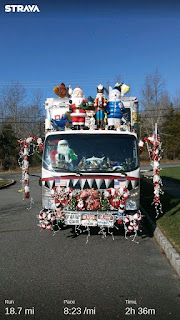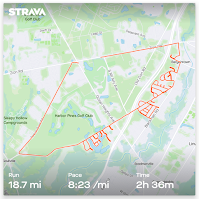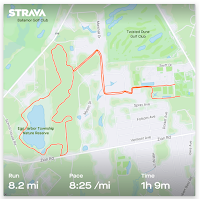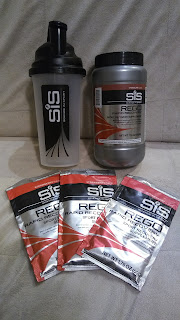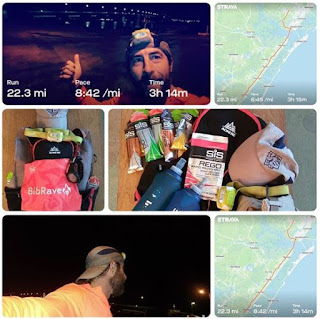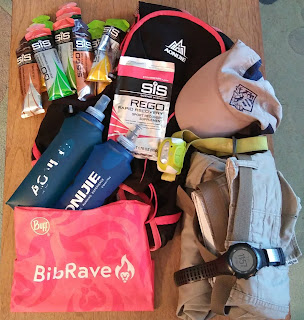Long term success doesn't happen overnight.
I know some runners who always have a race on their calendar. It seems like they race nearly every weekend. Which is great if that works for them and keeps them interested and excited about running. I know it’s not for me for a few reasons. First, my running budget would get stretched pretty thin very quickly covering that many registration fees. Second, I try to make family time the priority on the weekends and I don’t want to make that family time unpleasant for everyone else by dragging them along for my hobby. I typically only race about 3-6 times a year. Between those races I’m just focused on training and preparing for the next. I know other runners who don’t race at all. That’s one of the beautiful aspects of running; you can shape it to be what benefits and fits your lifestyle best.
Lately, I’m in what I would consider my offseason. My last race was in August and the next one on my schedule isn’t until May of next year. While I’m a pretty goal oriented person and having a race on the horizon keeps me motivated to keep training, I feel like it’s important to have some down time during the year to allow the mind and body to recover rather than constantly pushing. However, you don’t want to totally fall off and lose all fitness during that recovery period. To keep myself motivated during this longer period without racing that I am in the midst of, I’ve taken to referring to my runs as “maintenance runs”.
Maintenance runs aren’t sexy and don’t bring the excitement of training for a big race. You don’t feel the anticipation of an approaching race day. You aren’t celebrating gains recognized or breakthrough workouts.They don’t culminate to an anxiety inducing taper period with a long day of racing looming. So what is good about them? Easy, they keep you from having to restart from what feels like zero and rebuild fitness when you dive into training for your next race.
For me, doing maintenance runs feels natural. I ran without racing at all long enough to appreciate running for benefits other than those associated with racing. However, since getting into ultrarunning about six years ago I have raced enough to feel like something is missing from running when I don’t have short term race goals to work towards. Reframing my runs as “maintenance runs'' has helped me to continue to run with passion and anticipation for when I do have a race coming up on my calendar. It’s mainly just a change of perspective or purpose, but I have found it to help me during this longer period without racing that I am working my way through. It helps me to consider the larger picture. For me, running isn’t about nailing an insane training block or running the perfect race. It’s great when that happens, but consistency and longevity are more important big picture goals to me than a few stand out performances. Including some downtime during the year to just run for the sake of running and maintain a base level of fitness is important to achieve those bigger picture goals. After all, long term success doesn't happen overnight.



